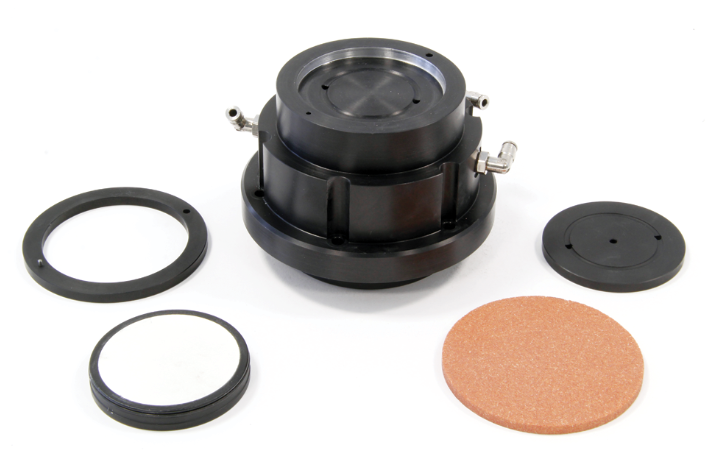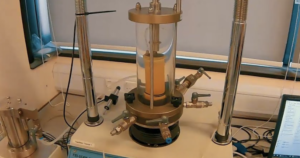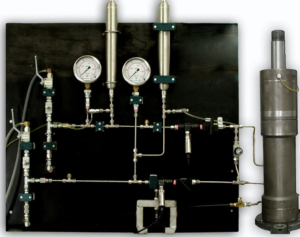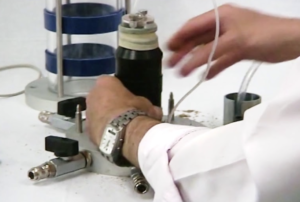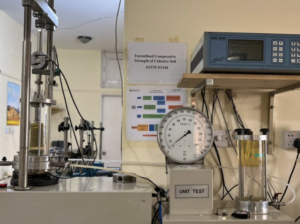What Are Porous Stones in Triaxial Testing? A Complete Guide for Geotechnical Engineers
Back when I started working with triaxial test systems, I kept hearing about porous stones—and how critical they are for soil testing accuracy. At first, they seemed simple. But the more I worked in the lab, the more I realized these little discs could make or break a test.
Porous stones are disc-shaped components used in triaxial testing to allow water or air to flow through soil samples without disturbing the structure. They’re essential for proper drainage and equal pressure distribution during saturation and consolidation stages.
They may look like just another piece of hardware—but trust me, they’re the unsung heroes of precise geotechnical analysis.
How Are Porous Stones Made and What Are They Made Of?
Most engineers I talk to know what porous stones1 do—but few know how they’re actually made.
Porous stones are typically made from aluminum oxide ceramic2, sintered glass, or bonded silica sand, engineered to allow controlled fluid flow through their microscopic pores.

Understanding Material and Pore Size
- Ceramic: Durable and resistant to pressure—commonly used
- Sintered Glass: Offers uniform porosity, ideal for sensitive samples
- Silica-Based: Lower cost, but not as long-lasting
| Material Type | Pros | Common Use Case |
|---|---|---|
| Ceramic | Strong, durable, reusable | General triaxial soil testing |
| Sintered Glass | Even porosity, precise flow | Research labs, fine soils |
| Silica Composite | Low-cost, moderate durability | Training or single-use scenarios |
Pore size typically ranges from 2 to 15 microns, chosen based on the permeability of the soil being tested. Smaller pores work better for fine soils; larger ones are used for coarse samples.
Why Does Porosity Matter in Test Accuracy?
I remember one test where results were inconsistent—and the culprit was worn-out porous stones with clogged pores.
The porosity of the stone3 directly affects the saturation and drainage of the soil specimen, impacting the accuracy of effective stress calculations in triaxial testing4.
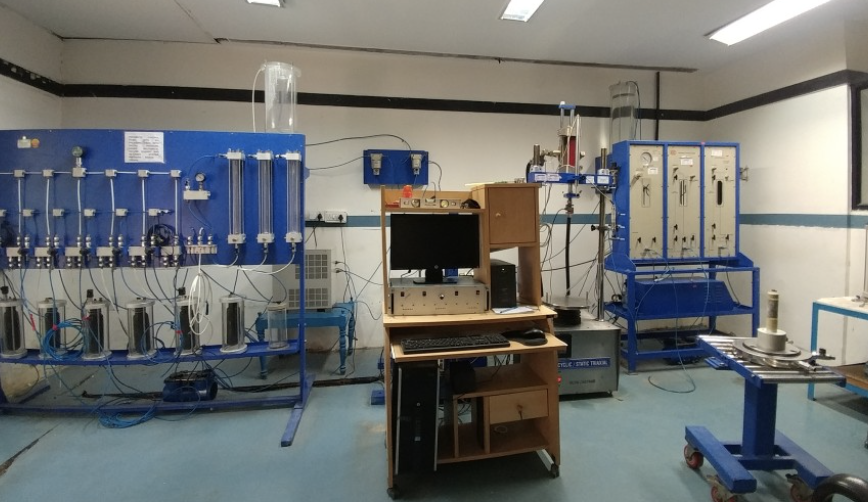
Key Roles of Porous Stones in Accuracy:
- Drainage Control: Even water flow during consolidation
- Pressure Distribution: Ensures isotropic loading
- Pore Pressure Measurement: Allows accurate readings during shear phase
| Function | How Porosity Helps |
|---|---|
| Saturation | Maintains water contact |
| Consolidation | Controls flow rate |
| Shearing | Allows pore pressure to equalize |
If porosity is too low, water doesn’t flow properly. If too high, pressure gradients become uneven. Either way, your test results drift—and you may not even realize it.
How to Clean and Maintain Porous Stones?
Honestly, I used to overlook this. But a poorly maintained porous stone can mess up your entire workflow.
To keep porous stones functional, they should be cleaned with de-aired water, followed by ultrasonic baths5 or vacuum saturation to remove trapped particles from the pore structure.
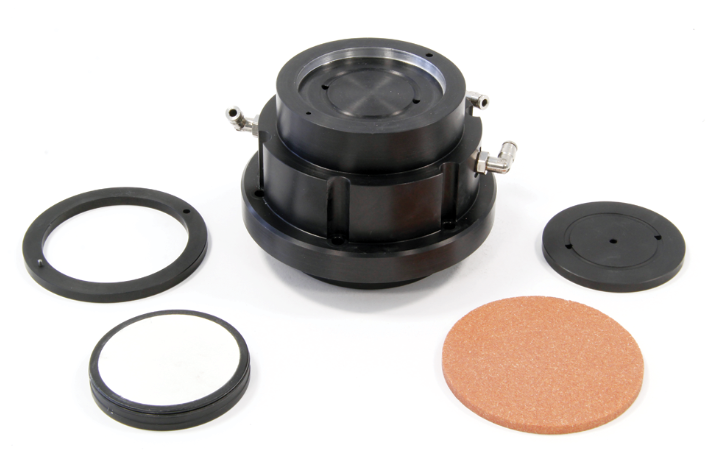
Cleaning Process in Detail:
- After Each Use: Rinse thoroughly with de-aired water
- Weekly (or after clay samples): Soak in ultrasonic cleaner with distilled water
- Monthly: Vacuum-saturate to restore pore function
| Cleaning Step | Tool Needed | Duration |
|---|---|---|
| Rinse and brush | Soft brush, de-aired H₂O | 1–2 minutes |
| Ultrasonic soak | Ultrasonic bath | 15–20 minutes |
| Vacuum saturation | Vacuum chamber | 30+ minutes |
Avoid harsh chemicals or excessive heat—they can alter pore size or cause cracking, especially in ceramic stones.
When Should You Replace a Porous Stone?
Sometimes no matter how careful you are, a stone’s lifespan runs out.
Porous stones should be replaced when they show signs of physical cracking6, discoloration, or reduced permeability despite cleaning.
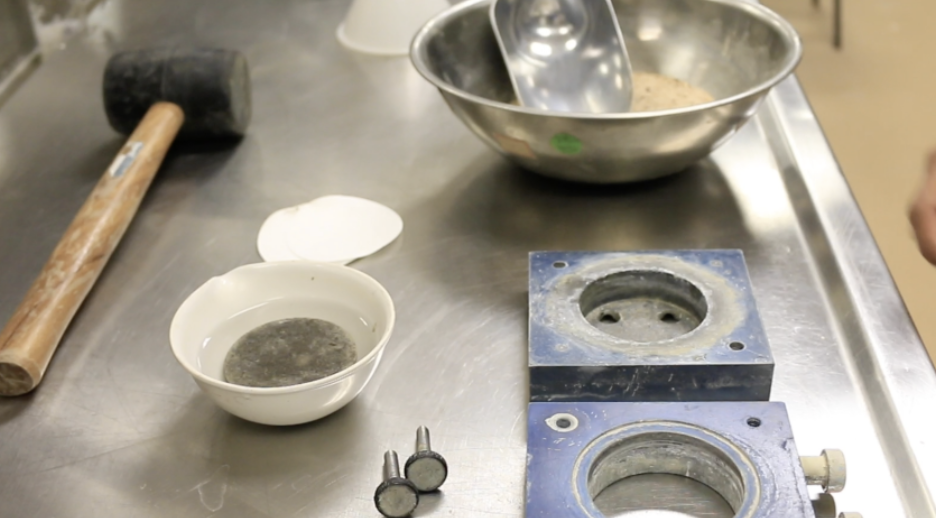
Telltale Signs:
- Test data begins to drift or behave inconsistently
- Soil doesn’t drain uniformly during consolidation
- Water no longer passes easily through the disc
| Sign to Watch For | Possible Issue |
|---|---|
| Surface discoloration | Mineral buildup inside pores |
| Delayed saturation | Clogged or narrowed pores |
| Uneven pressure distribution | Cracks or deformation |
In most labs, we recommend replacing porous stones every 6–12 months7, depending on frequency of use and soil types tested. Keeping backup discs in your inventory isn’t just a good idea—it’s a necessity.
Conclusion
Porous stones may seem minor compared to the rest of your triaxial setup, but they’re absolutely vital to your test’s success. A cracked, clogged, or poorly selected stone can throw off your entire dataset. Treat them right, maintain them well, and they’ll return the favor with rock-solid, reliable results.
-
Understanding the composition and manufacturing of porous stones can enhance your knowledge of their applications in engineering. ↩
-
Exploring aluminum oxide ceramic will provide insights into its properties and significance in creating durable porous materials. ↩
-
Understanding the porosity of the stone is crucial for accurate soil testing and effective stress calculations. ↩
-
Exploring effective stress calculations can enhance your knowledge of soil mechanics and improve testing accuracy. ↩
-
Exploring ultrasonic baths can reveal effective cleaning methods that ensure your porous stones remain in optimal condition. ↩
-
Exploring the causes of physical cracking can provide insights into stone maintenance and longevity. ↩
-
Understanding the importance of timely replacement can enhance your lab’s efficiency and soil testing accuracy. ↩

